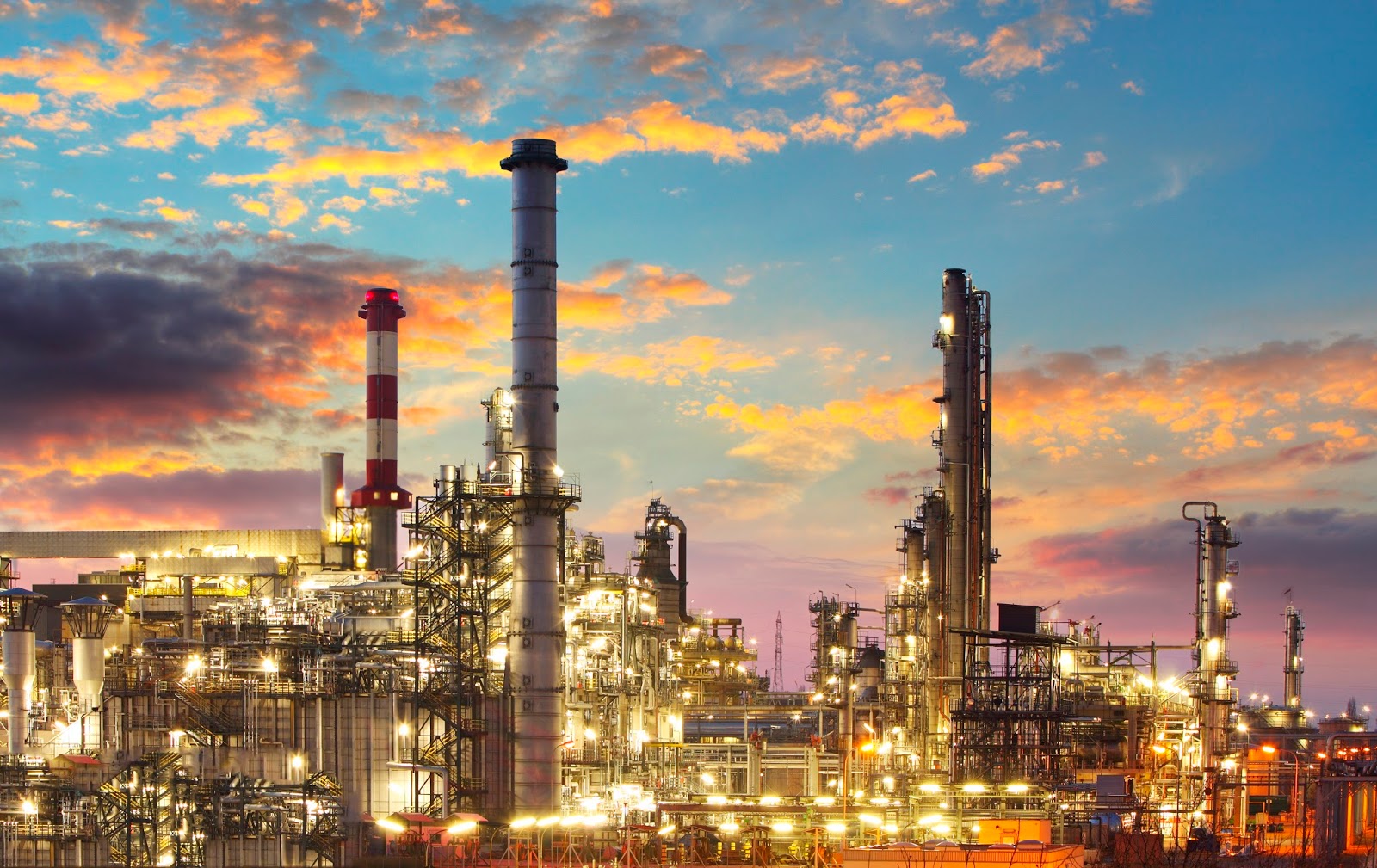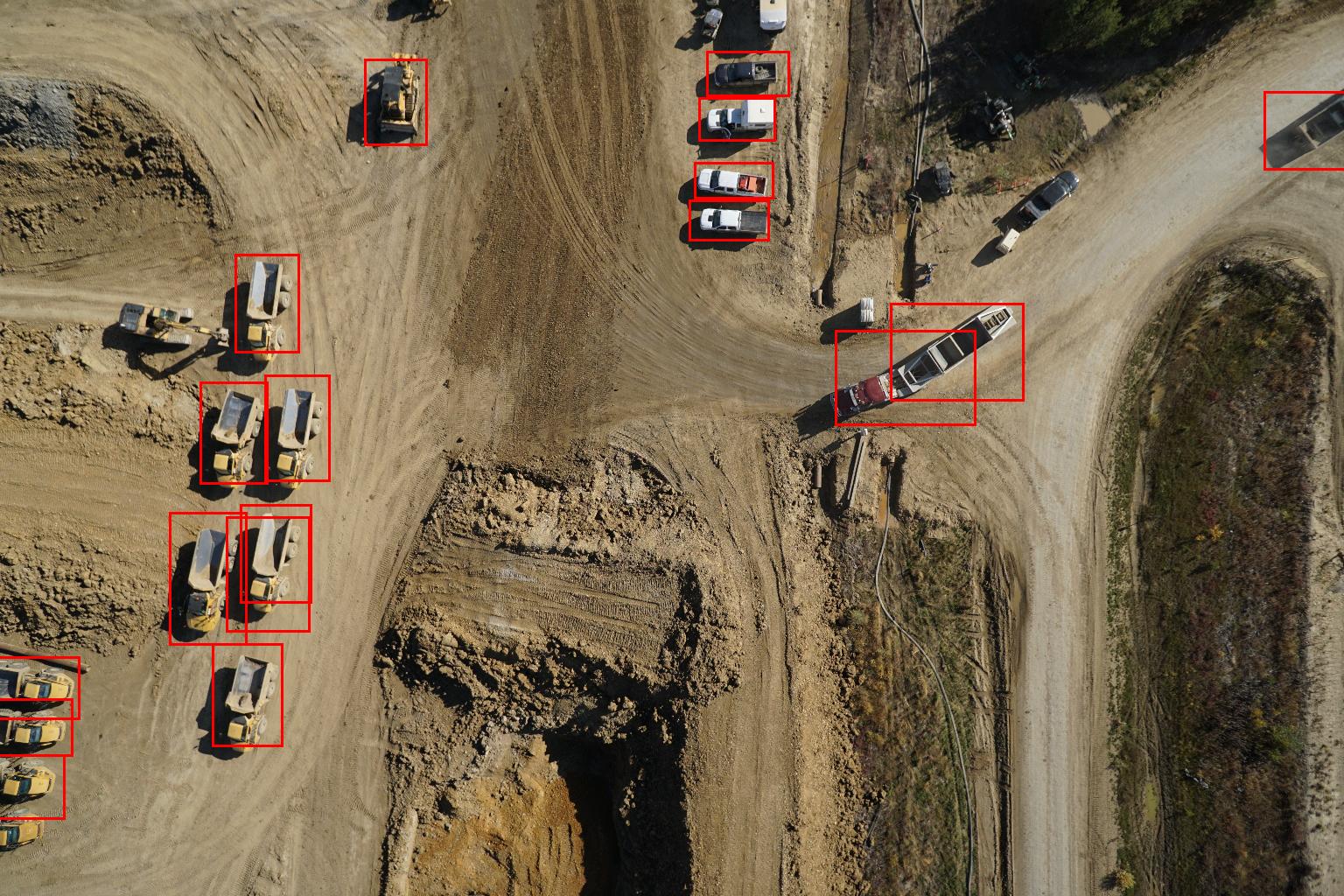The Challenge
India’s largest oil refinery, a cornerstone of the country’s energy infrastructure, required a comprehensive structural health assessment across its massive 250-acre site. The government-authorized engineering consultancy needed highly accurate as-built 3D models and 2D drawings of all RC and steel structures within the plant.
Given the scale, restricted site access, and operational sensitivity of the refinery, the digitization effort had to be executed with precision, minimal disruption, and with a strong focus on visual clarity for downstream engineering analysis.
Client’s Initial Hurdles
- Decades-old drawings lacked accuracy or were missing altogether.
- Traditional surveying methods were infeasible for such a large and complex facility.
- Health assessment required high-fidelity digital models for corrosion evaluation.
- Navigating security protocols and obtaining work permits was time-consuming.
- The client needed an intuitive, visual classification of elements to speed up review and risk detection.

.jpg)




